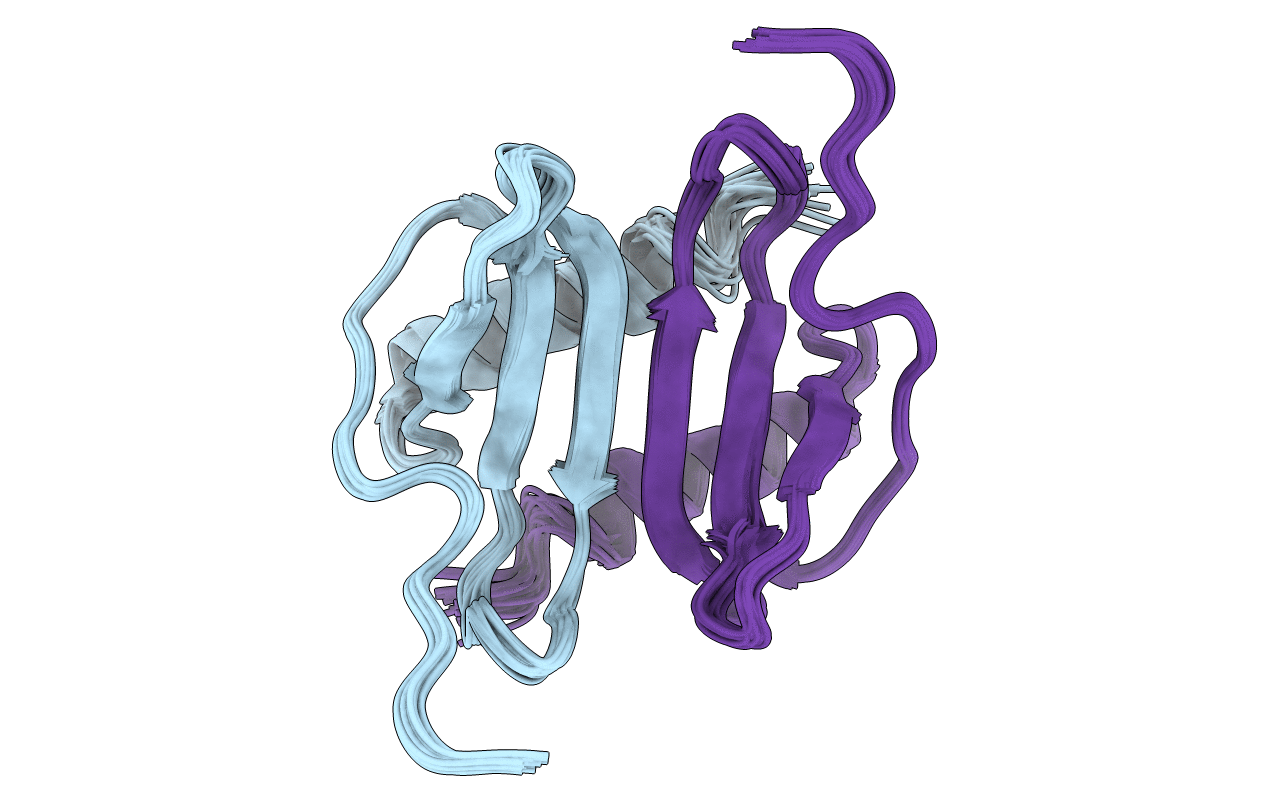
Deposition Date
2013-11-04
Release Date
2014-04-02
Last Version Date
2024-11-06
Method Details:
Experimental Method:
Conformers Calculated:
200
Conformers Submitted:
20
Selection Criteria:
structures with the least restraint violations


